Key Takeaways
Stainless steel sculptures represent a fusion of artistic vision and technical precision, leveraging materials like 304-grade steel for its corrosion resistance and structural integrity. These works often begin as digital 3D models, allowing artists to refine proportions and textures before fabrication. MIG welding—a process prized for its clean, durable seams—ensures complex forms, such as 8-foot-tall warrior goddess installations, maintain their integrity indoors or outdoors.
“Metal art demands equal parts creativity and metallurgical understanding. The balance between form and function defines lasting sculptures.” – Industrial Artist’s Insight
Commissioned pieces typically follow a collaborative workflow: clients share concepts, artists translate them into CAD designs, and engineers validate load-bearing calculations. Beyond aesthetics, stainless steel’s low-maintenance durability makes it ideal for public installations, resisting weathering and UV damage. For collectors, integrating such sculptures into spaces—whether corporate lobbies or garden landscapes—adds modern elegance while ensuring decades of visual impact. When planning installations, consider site-specific factors like foot traffic and lighting to maximize the artwork’s presence.
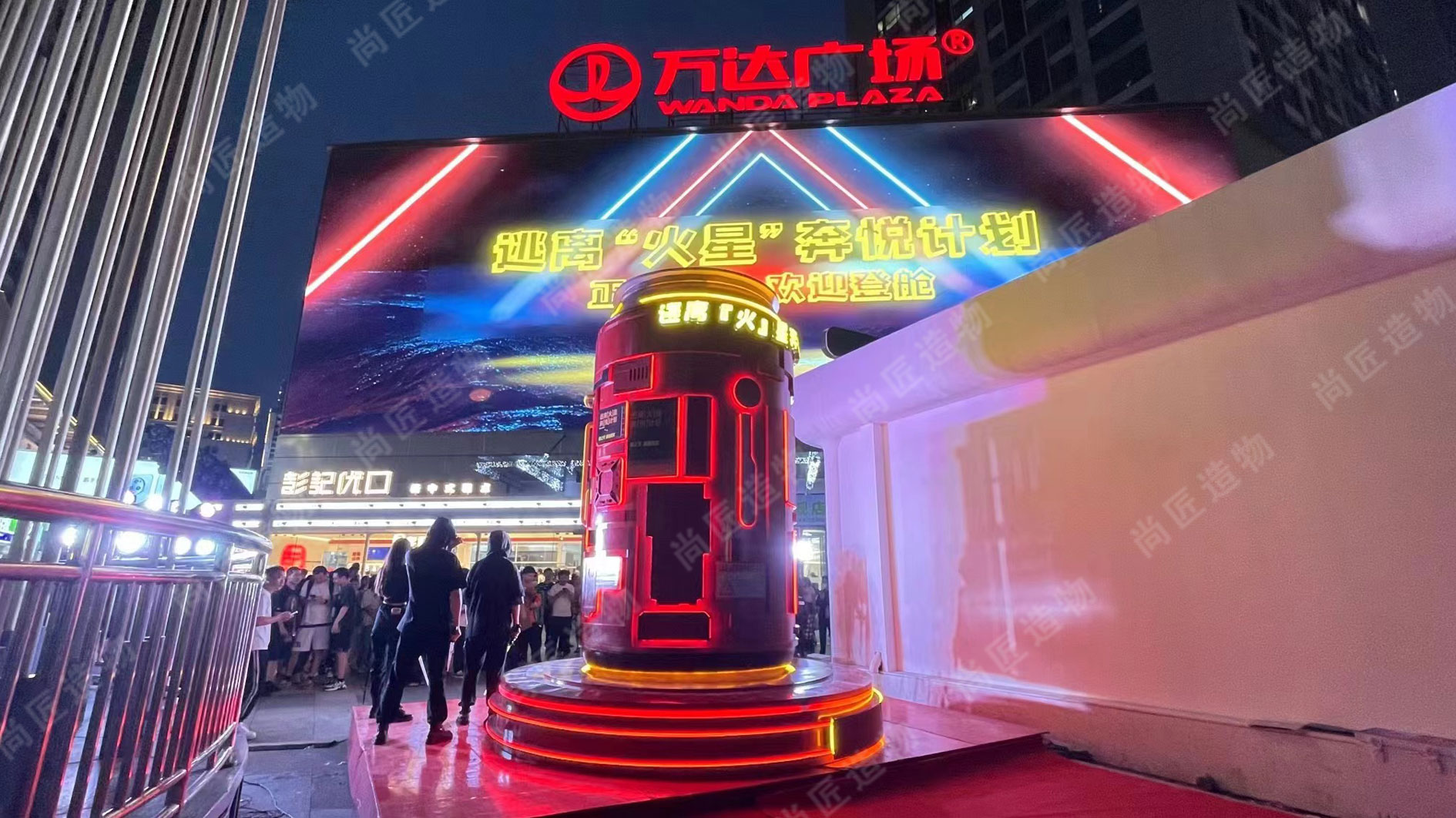
Stainless Steel Sculpture Artistry Explained
Stainless steel sculpture combines technical precision with creative vision, transforming industrial materials into expressive art forms. Artists leverage the metal’s reflective surface and structural integrity to craft works that interact dynamically with light and environment. Unlike traditional mediums, stainless steel demands mastery of both artistic principles and engineering methods—such as calculating load distribution for large-scale installations or refining curves to achieve optical fluidity.
The process often begins with detailed sketches before advancing to 3D modeling, which allows artists to simulate how light will interact with surfaces and test structural viability digitally. Modern workshops frequently employ CNC cutting for complex shapes, though hand-forged elements remain integral for adding organic textures. A notable example includes IP character sculpture, where geometric abstraction meets figurative storytelling.
While aesthetics drive design, practical considerations like weather resistance and public safety shape material choices. This duality ensures sculptures withstand decades of exposure while maintaining visual impact. The interplay between form and function positions stainless steel as a bridge between fine art and architectural innovation, offering artists a medium as durable as it is visually versatile.
304-Grade Steel in Sculpture Design
Stainless steel sculptures derive their structural integrity and weather resistance from the precise alloy selection, with 304-grade steel emerging as the industry standard for outdoor installations. Composed of 18% chromium and 8% nickel, this austenitic steel variant forms a passive oxide layer that resists corrosion, even in coastal or high-humidity environments. Unlike traditional materials like bronze or Fiberglass sculpture, 304-grade steel maintains its reflective finish without patina development, making it ideal for contemporary designs requiring consistent metallic luster. Sculptors leverage its 515 MPa tensile strength to create cantilevered forms or thin-profile elements impossible with weaker metals, while its weldability via TIG or MIG processes allows seamless joins in complex geometries. For large-scale commissions, such as 8ft public installations, fabricators often combine laser-cut 304-grade sheets with forged rods to balance weight distribution and wind load resistance. This material’s non-reactive properties also eliminate contamination risks in water features or botanical gardens, aligning artistic vision with functional durability. As 3D modeling advances, designers increasingly simulate stress points in 304-grade steel structures to optimize both aesthetic flow and decades-long outdoor performance.
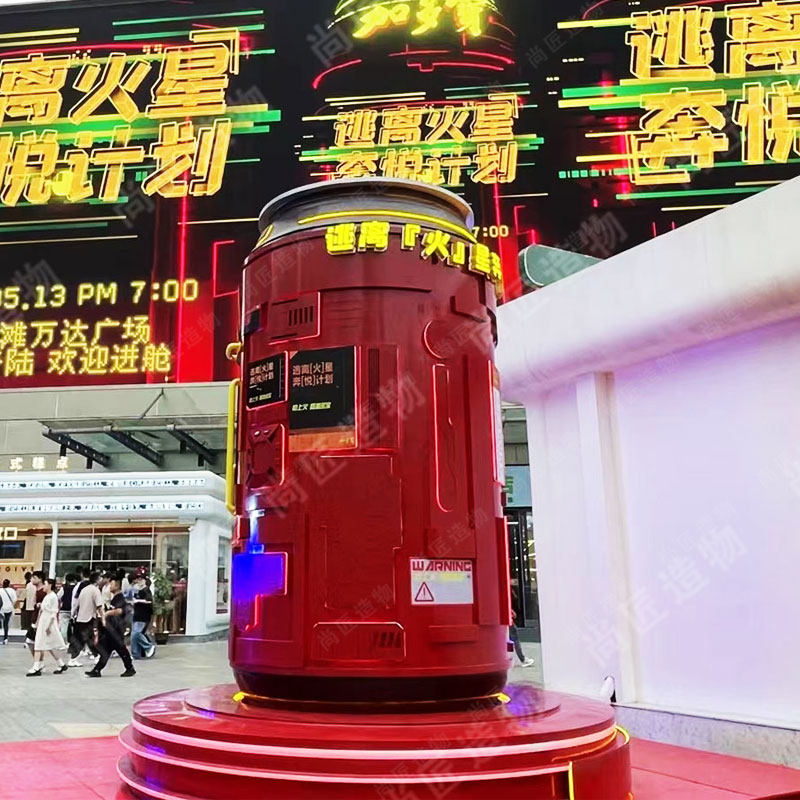
MIG Welding Techniques for Metal Art
MIG (https://en.artmovr.com/), offering artists precision and structural reliability. Unlike traditional methods, MIG welding uses a continuous wire electrode shielded by inert gas, enabling smoother joins and reduced oxidation—a critical advantage when working with corrosion-resistant 304-grade stainless steel. Artists favor this method for its ability to handle complex curves and geometric patterns, essential for translating 3D design models into tangible forms.
The process begins with meticulous preparation: surfaces are cleaned to prevent contamination, and heat settings are calibrated to balance penetration without warping thin metal sheets. Skilled welders employ pulsed MIG variations to control heat input, preserving the steel’s integrity while creating seamless connections. This technical precision ensures sculptures withstand outdoor elements, maintaining their aesthetic appeal for decades.
By integrating engineering principles with artistic vision, MIG welding bridges functionality and creativity. Whether constructing an 8ft warrior goddess or abstract installations, the technique’s adaptability supports both structural demands and intricate detailing. As a result, commissioned metal artworks achieve not only visual impact but also the durability required for public or private installations.
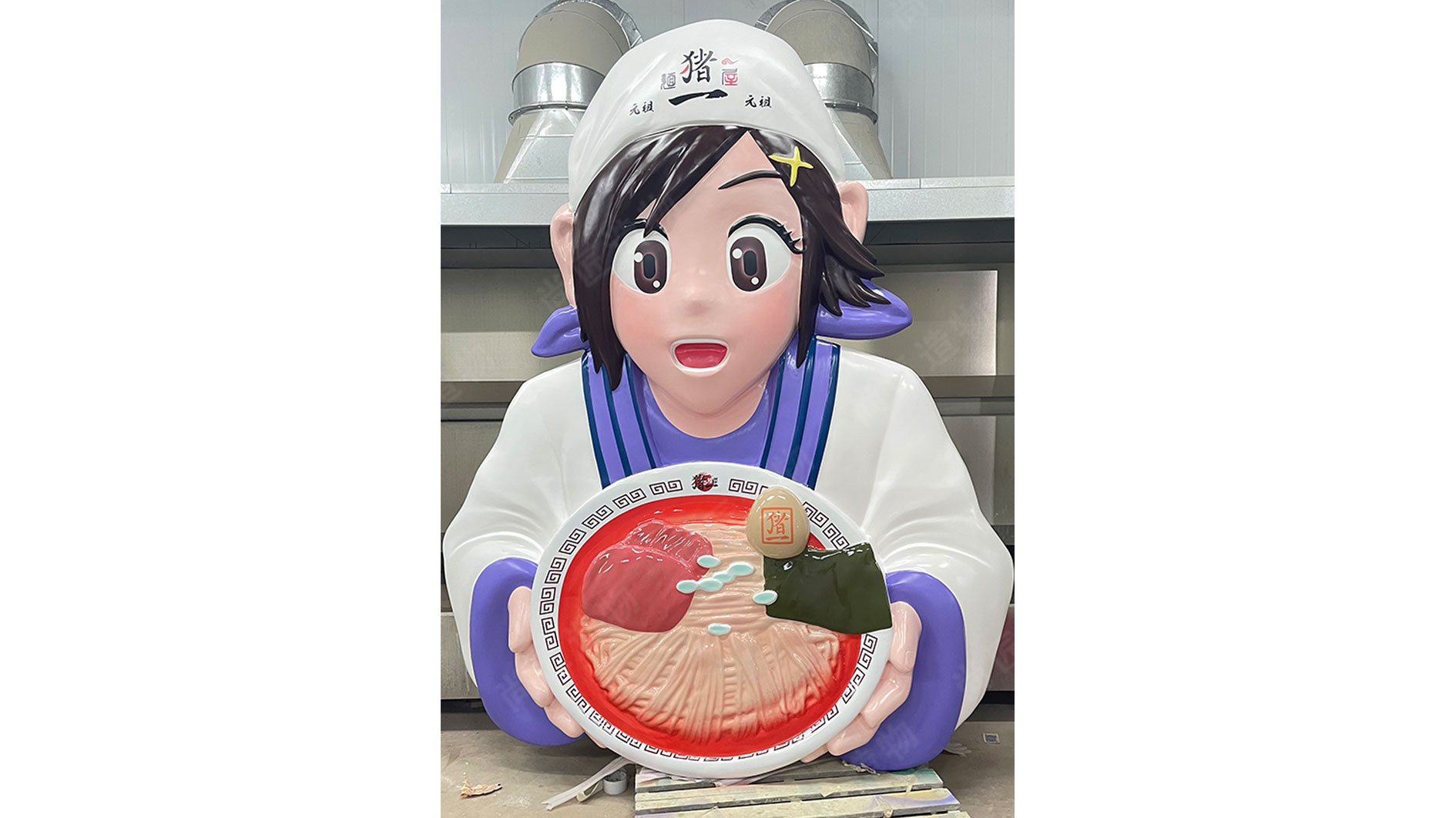
Commissioned Sculptures: From Concept to Installation
Commissioning a stainless steel sculpture begins with collaborative dialogue between artists and clients to align creative visions with functional requirements. For large-scale projects like an 8ft warrior goddess installation, the process typically starts with conceptual sketches or digital 3D models, allowing stakeholders to visualize proportions and spatial dynamics. Advanced software refines structural calculations, ensuring the final piece withstands environmental stressors—a critical factor when using 304-grade steel for its corrosion resistance.
Fabrication follows precise MIG welding protocols to achieve seamless joints, balancing aesthetic fluidity with industrial durability. Artists often incorporate realistic sculpture techniques to add lifelike textures, though abstract forms dominate contemporary commissions due to their adaptability in both corporate lobbies and public plazas. Site-specific challenges, such as wind load analysis for outdoor installations, require engineering consultations to integrate hidden reinforcements without compromising artistic intent.
Final installation involves coordinated logistics, from crane-assisted placement to foundation anchoring, ensuring stability while preserving the artwork’s intended interaction with light and surroundings. This end-to-end process transforms raw metal into lasting cultural landmarks, merging technical precision with imaginative storytelling.
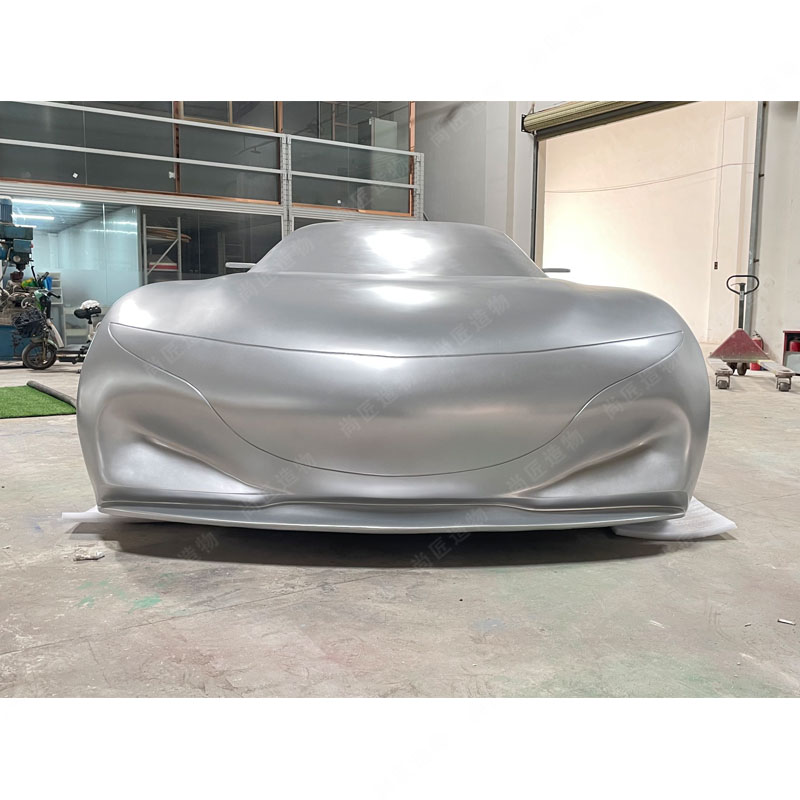
3D Modeling in Modern Metal Artistry
Modern stainless steel sculptures increasingly rely on 3D modeling to bridge artistic vision and technical execution. Using CAD (Computer-Aided Design) software, artists create precise digital blueprints that account for structural integrity, curvature, and material behavior. This process minimizes errors during fabrication—critical for complex designs like 8ft warrior goddess installations or abstract geometric forms. For commissioned pieces, 3D renders allow clients to visualize the sculpture’s scale and interaction with light before welding begins.
A comparison of traditional vs. modern design approaches:
| Aspect | Traditional | 3D-Modeled |
|---|---|---|
| Design Iteration | Weeks for physical mockups | Hours for digital adjustments |
| Precision Tolerance | ±5mm | ±1mm |
| Client Collaboration | Limited to 2D sketches | Interactive 3D previews |
Artists often combine 3D modeling with CNC (https://en.artmovr.com/) projects requiring playful, exaggerated forms. By simulating stress points digitally, creators also optimize 304-grade steel’s durability, reducing material waste while maintaining artistic fluidity. As a result, 3D modeling has become indispensable for balancing aesthetic ambition with engineering rigor in contemporary metal artistry.
Durability of Stainless Steel Artworks
The longevity of stainless steel sculptures stems from the material’s inherent resistance to environmental stressors. Composed primarily of iron, chromium, and nickel, 304-grade steel—commonly used in art—contains at least 18% chromium. This element forms a passive oxide layer when exposed to oxygen, shielding the surface from corrosion, rust, and UV degradation. Unlike traditional metals, this self-repairing barrier ensures sculptures retain structural integrity for decades, even in coastal or high-humidity environments.
MIG welding techniques further enhance durability by creating seamless, robust joints that withstand thermal expansion and contraction. This precision is critical for large-scale installations, such as 8ft outdoor pieces, which face constant exposure to wind, rain, and temperature shifts. The material’s adaptability also supports dynamic forms like kinetic sculpture, where moving parts demand both flexibility and resilience.
While aesthetics drive design choices, the engineering behind stainless steel ensures artworks evolve into enduring landmarks. Minimal maintenance—occasional cleaning with pH-neutral solutions—preserves their reflective finish, making them ideal for public spaces, corporate campuses, or private collections seeking timeless appeal.
Art Meets Engineering in Metal Sculptures
The creation of stainless steel sculptures represents a unique fusion of artistic vision and technical precision. Artists collaborate with metallurgists and engineers to select materials like 304-grade steel, prized for its corrosion resistance and structural integrity. Advanced techniques such as MIG welding ensure seamless joints, while computational tools like 3D modeling allow creators to visualize complex geometries before fabrication begins. This synergy enables the translation of abstract concepts—like an 8ft warrior goddess symbolizing strength—into tangible forms that withstand environmental stressors.
The process often begins with scaled digital prototypes, where load-bearing calculations and aesthetic refinements occur simultaneously. For commissioned works, this interdisciplinary approach ensures site-specific installations harmonize with architectural elements or natural landscapes. By balancing fluid artistic expression with empirical engineering principles, stainless steel sculptures become enduring testaments to human innovation, capable of inspiring viewers for decades without compromising functionality or beauty.
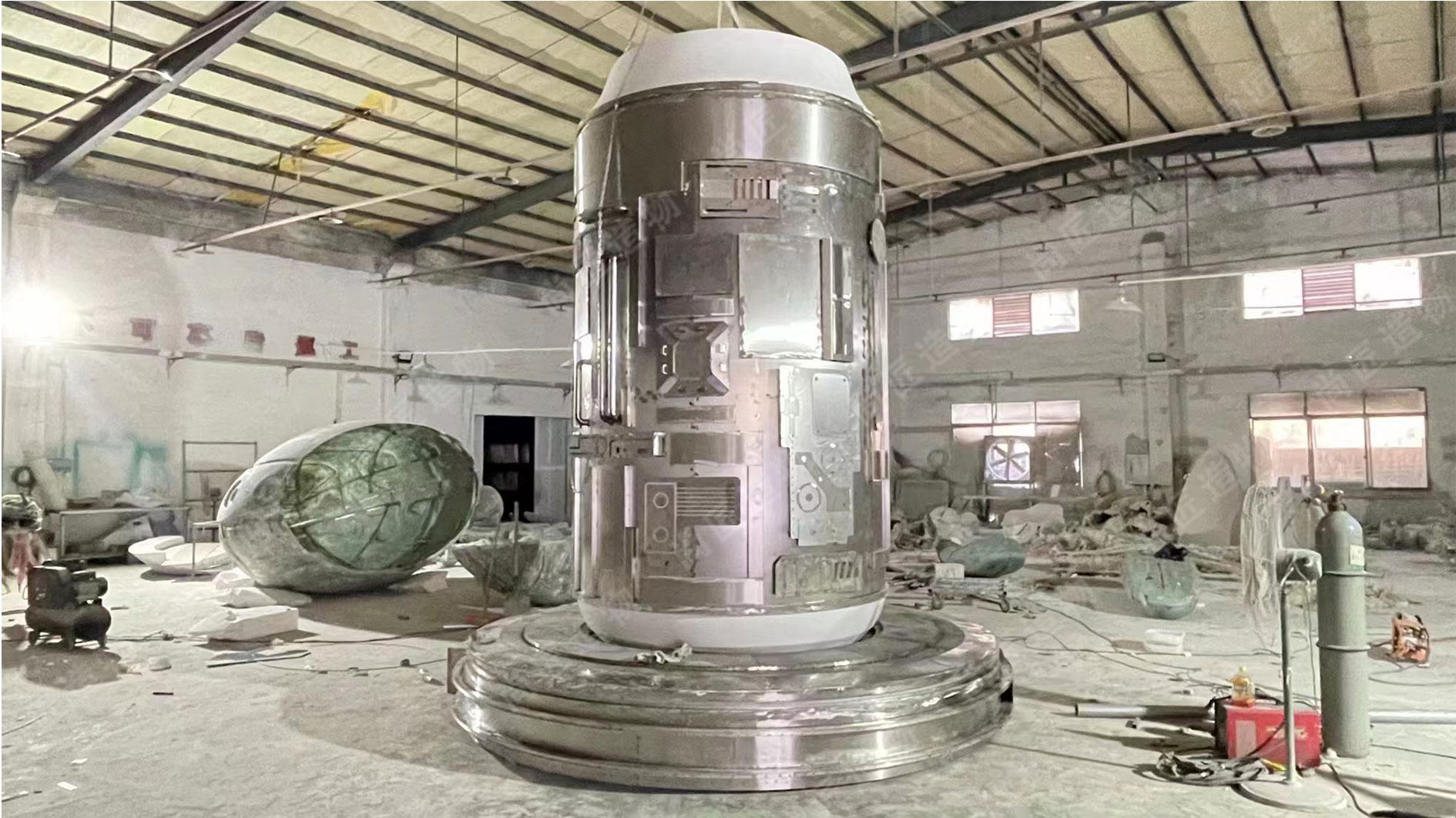
Enhancing Spaces With Steel Sculptures
Stainless steel sculptures serve as transformative elements in both public and private environments, merging aesthetic appeal with structural integrity. Their reflective surfaces interact dynamically with natural and artificial light, creating shifting visual effects that evolve throughout the day. In urban plazas, polished steel installations contrast with concrete landscapes, adding modern sophistication while resisting corrosion from weather exposure—a key advantage of 304-grade alloys. For residential gardens or corporate lobbies, custom-designed pieces—such as abstract forms or figurative works like warrior goddess motifs—anchor spaces with symbolic or thematic resonance.
The integration of these artworks often begins with 3D modeling, ensuring proportions harmonize with architectural features or landscape layouts. MIG welding techniques contribute to seamless joints, maintaining clean lines critical for contemporary designs. Beyond aesthetics, stainless steel’s low maintenance requirements make it ideal for high-traffic areas, where durability ensures lasting artistic value. By balancing artistic vision with engineering precision, these sculptures transcend mere decoration, becoming focal points that redefine how audiences experience their surroundings.
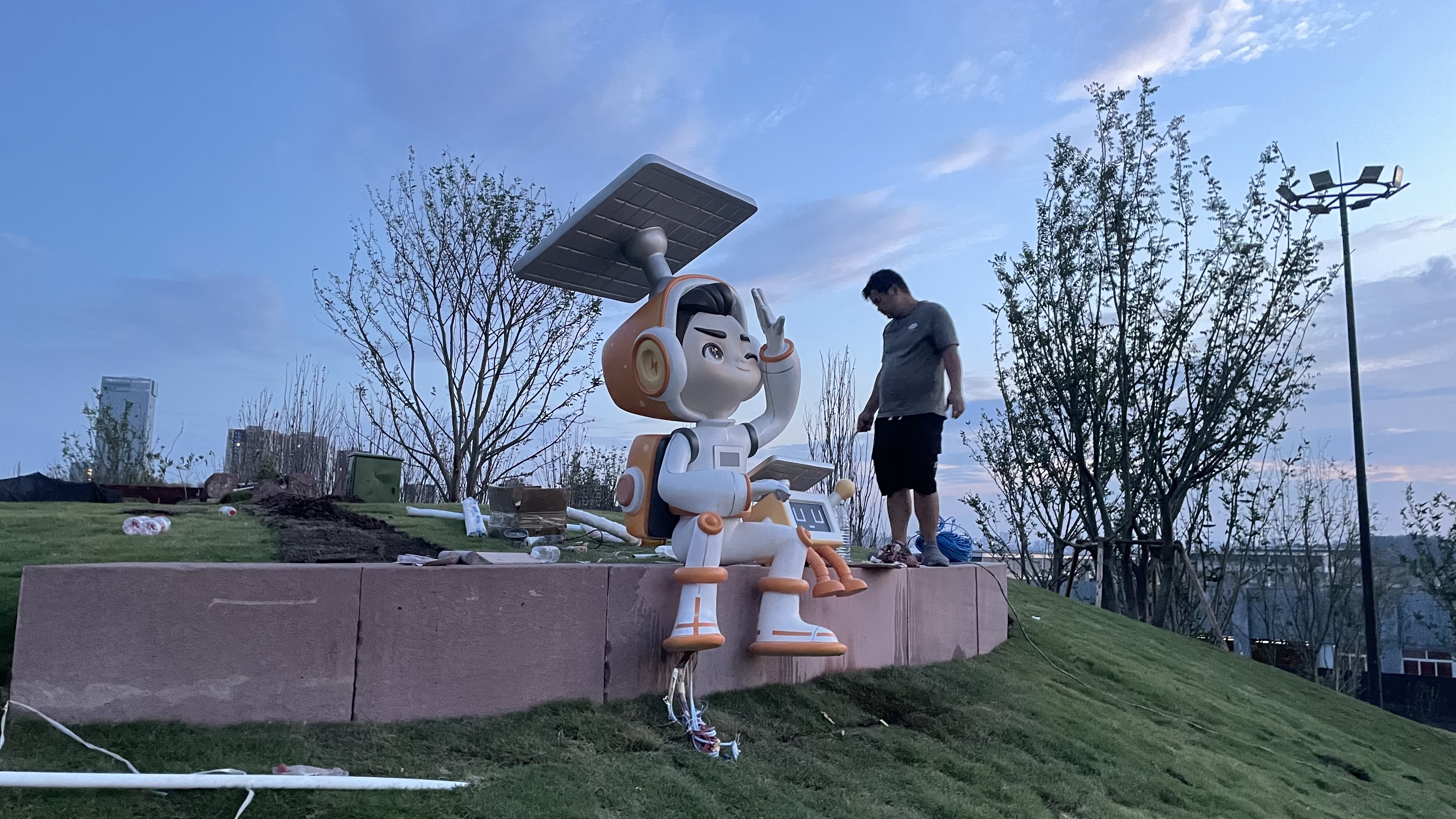
Conclusion
Stainless steel sculptures exemplify the seamless integration of artistic vision and technical precision, offering enduring beauty that withstands environmental challenges. Their creation relies on advanced methods like MIG welding and 3D modeling, ensuring structural integrity while enabling intricate designs. The use of 304-grade steel guarantees corrosion resistance, making these artworks ideal for both indoor galleries and outdoor installations.
Commissioned pieces, such as the 8ft warrior goddess mentioned earlier, demonstrate how collaborative processes—from initial sketches to final installation—transform abstract concepts into tangible marvels. Beyond aesthetics, these sculptures redefine spaces by harmonizing modern elegance with functional durability. As artists and engineers continue to push boundaries, stainless steel remains a dynamic medium for storytelling, cultural expression, and architectural enhancement. Their lasting value lies not only in visual impact but in the legacy of innovation they represent.
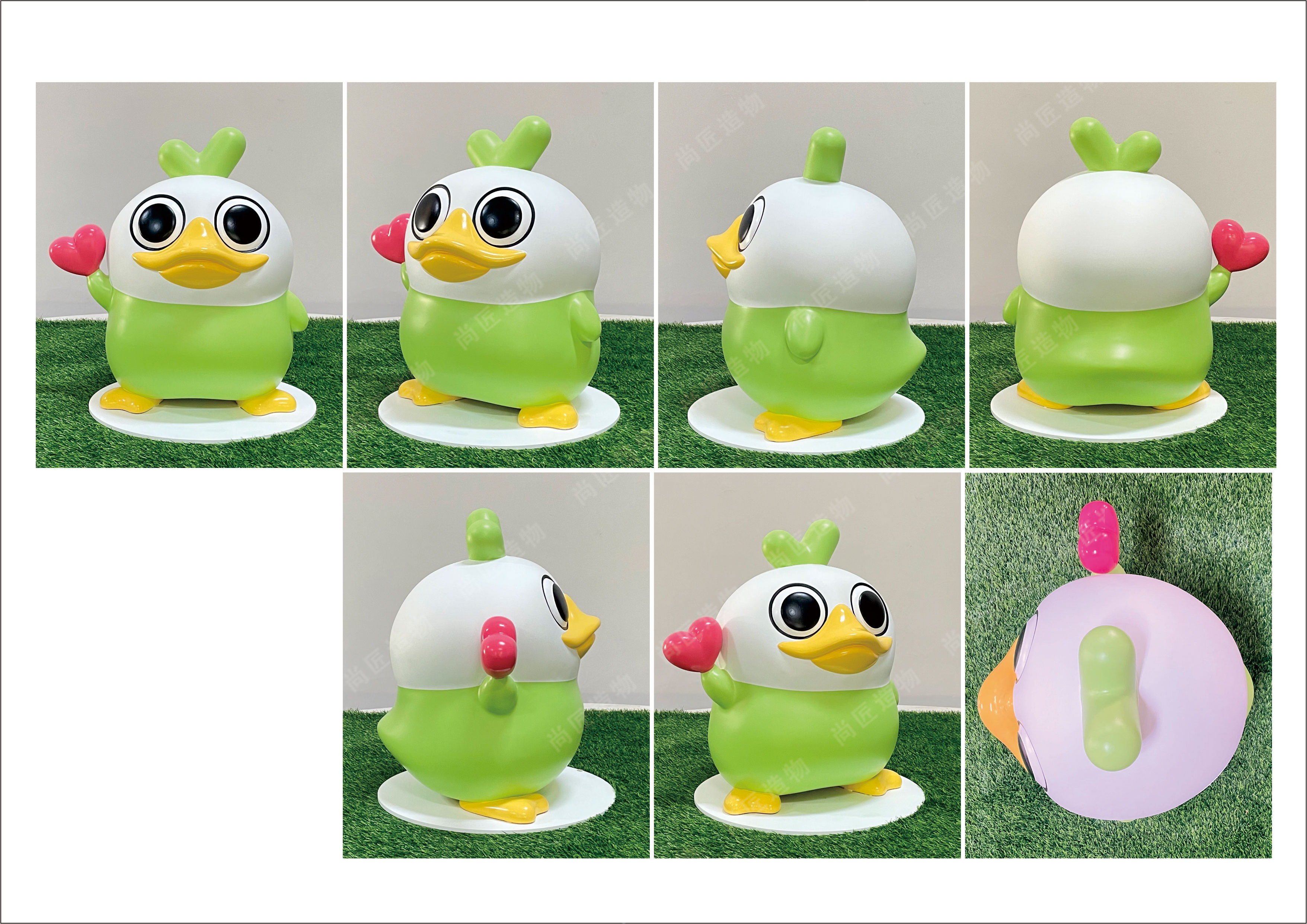
Frequently Asked Questions
What defines a stainless steel sculpture?
Stainless steel sculptures are three-dimensional artworks crafted from corrosion-resistant alloys, primarily 304-grade steel. Their durability and reflective surface make them ideal for indoor and outdoor installations, blending aesthetic appeal with structural resilience.
Why is 304-grade steel preferred for sculptures?
This alloy contains 18% chromium and 8% nickel, offering superior resistance to rust and environmental wear. Its malleability allows intricate shaping, while its polished finish enhances visual depth, making it a standard for lasting artistic and functional value.
How does MIG welding enhance metal sculptures?
Metal Inert Gas (MIG) welding creates strong, seamless joints between steel components. This technique ensures structural integrity for large-scale pieces, such as 8ft warrior goddess installations, while maintaining clean lines critical for modern designs.
Can stainless steel sculptures be customized?
Yes. Artists use 3D modeling software to translate concepts into precise digital blueprints, enabling tailored designs for commissioned works. Clients collaborate on dimensions, themes, and finishes before fabrication begins.
What maintenance do these sculptures require?
Routine cleaning with mild soap and water preserves their luster. Unlike iron or bronze, stainless steel doesn’t require protective coatings, though periodic inspections ensure weld points and surfaces remain intact.
Are stainless steel artworks suitable for outdoor display?
Absolutely. Their resistance to UV rays, moisture, and temperature fluctuations makes them ideal for gardens, plazas, and architectural features. Over time, they develop a subtle patina without compromising structural stability.
How do sculptures integrate engineering principles?
Designers balance weight distribution, wind load calculations, and material stress points during fabrication. This fusion of artistic vision and mechanical precision ensures both safety and visual harmony.
What factors influence the cost of commissioned pieces?
Complexity, size, and fabrication time drive pricing. A 3D-modeled sculpture with custom finishes may require 200+ hours of welding and polishing, reflecting the labor and expertise involved.
Do steel sculptures enhance property value?
Strategic placement of sculptures can elevate commercial or residential spaces by creating focal points. Their timeless appeal and low upkeep often appeal to buyers seeking sophisticated, enduring décor.
 ch
ch English
English






